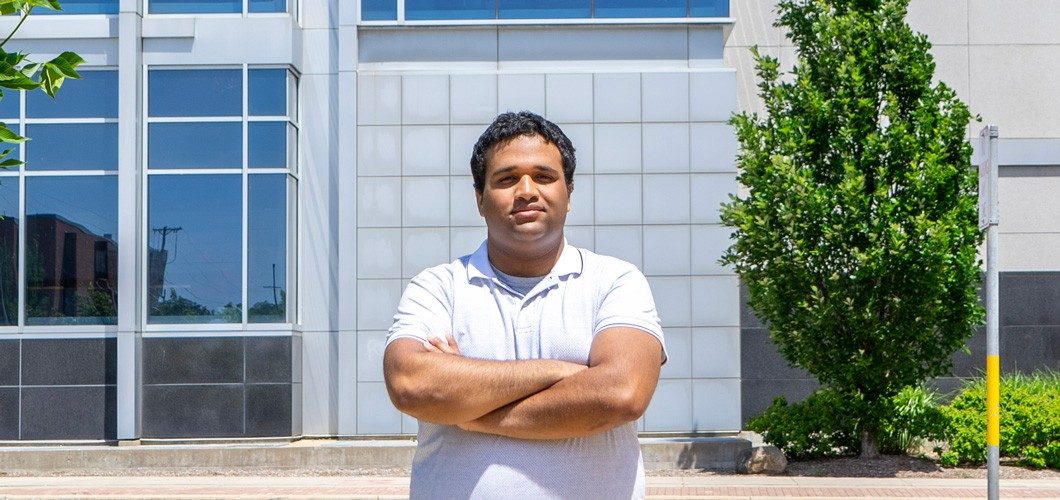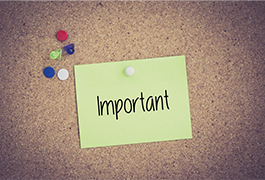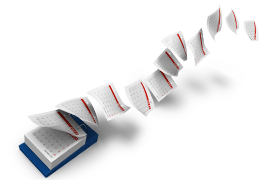From Exploding Gummy Bears to Engineering Enzymes: Jairo Villalona Shares His Path to Graduate School

As is the case for so many students, Jairo Villalona’s love of chemistry was sparked by passionate, engaging high school teachers. The University of Wisconsin-Madison (UW-Madison) graduate student’s curiosity was stirred by his teachers’ demonstration of the infamous flaming gummy bear. Villalona was fascinated by the explosive reaction of sucrose with molten potassium chlorate. His teachers, Olga Rumyantsev and Walter Bizon at Chicopee High School in Massachusetts, challenged him intellectually and nurtured his enthusiasm to learn more. He went on to major in chemistry at Westfield State University (WSU) and hasn’t looked back.
Although the transition to grad school wasn’t easy, Villalona has been on a mission to continue advanced studies in chemistry, and he credits the ACS Bridge Program for helping him achieve his goals. ACS Bridge supports and mentors underrepresented students in the chemical sciences in their pursuit of graduate education. Here’s Villalona’s story.
How did the ACS Bridge Program influence your graduate school experience?
In the Bridge Program at UW-Madison, I had the opportunity to rotate between different research groups with the rest of the cohort. This provided valuable insight into various processes for deciding on a research group. By integrating our rotation with the rest of the cohort, we were able to form support groups. When I joined the Buller Lab, [graduate student] Peyton Higgins became my research mentor and taught me the ropes. I also took courses and attended seminars in addition to attending networking events, such as the Inclusive Graduation Network conference, to meet professionals in the field.
What did you learn from your mentors and coaches?
I learned that success is a team effort and the process of learning is not an activity done in isolation. My experiences with my research group helped me become a better communicator and critical thinker.
What helped you move from undergraduate to graduate school?
Before I applied to graduate school, I applied to a post-baccalaureate research program to build my research skills. One of my undergraduate professors and mentor from WSU, Dr. Maria Carranza, told me about the Bridge Program. The program allowed me to freely explore the ins and outs of graduate school while I worked on my research skills and gained professional development experiences. In addition, the peer mentoring program Catalyst provided emotional and moral support during the early stages of graduate school life.
What other resources helped you with the application process?
During the application process, I had many conversations with professors at WSU about graduate school life and what to expect. My colleagues at the university’s Center for Instructional Technology (CIT) and my undergraduate professors in the chemistry department reviewed my application and supporting documents, and that really helped me succeed in getting through the process.
What research are you currently working on?
My current research involves engineering enzymes to do new things! Currently, I am engineering tryptophan synthase for C-N bond-forming reactions to synthesize β-branched alkylated N-products. These products serve as scaffolds for protein kinase inhibitors, antibiotic analogs such as azafuranomycin, and anticancer drugs.
What courses did you take in grad school? Which course did you like the most? What was the most challenging?
In grad school, I took advanced organic chemistry, a biochemistry course, and introduction to NMR and computational chemistry. The most challenging course was advanced organic chemistry, but it was also the most rewarding. There were multiple factors that made it challenging at the time. First, a year had passed since I was a student, enough time to fall out of practice, so transitioning back to academic life took some effort. In addition, the course was quite advanced, and I struggled to keep up initially, so I ended up seeking a tutor.
This experience was rewarding because I saw growth later in the semester, and I enjoyed the subject. I also had fun with the computational chemistry course. Building computers and coding are hobbies of mine, so it was fun learning about the theory while also learning some basics of coding.
What are your plans for the future?
The ACS Bridge Program helped me realize the importance of equity and inclusion in the chemistry field. Although I have not determined whether I will pursue a career in academia, government, or industry, I know that I will use my future role to promote equity and inclusion while serving as a role model, training the next generation of students and researchers. A key part of my role as a scientist is to build knowledge and address important problems, but it is also essential that scientists build bridges within our community. To that end, a couple of other graduate students and myself founded a micro-art publication that is peer written, edited, and published called The Benzine. The purpose of this platform is to celebrate the multifaceted interests and passions within the scientific community. I am also involved with the National Organization for the Professional Advancement of Black Chemists and Chemical Engineers (NOBCChE) start-up committee to get a chapter reinstated at UW-Madison and to work on community building. All these efforts are the result of my experiences within the Bridge Program.
When you are not studying or doing research, what do you like to do?
Cooking is one of my favorite hobbies since I can share what I make with my friends. Unfortunately, sharing food is difficult now due to COVID-19. I also enjoy getting on my bicycle and going around the city and trying out different trails in addition to playing video games. Recently, I have taken up an interest in kayaking.
The ACS Bridge Project’s mission is to strengthen the chemical sciences in the United States by increasing the number of students from underrepresented groups who receive doctoral degrees.





